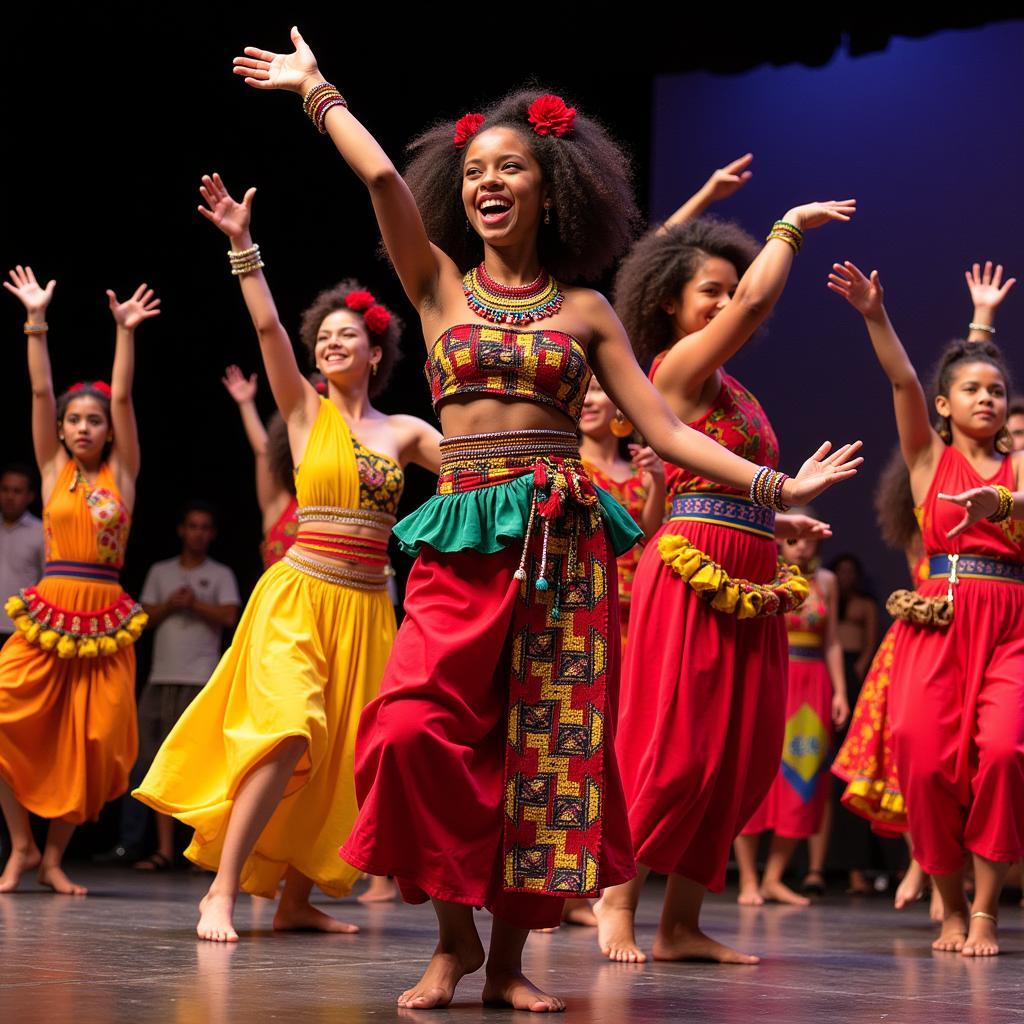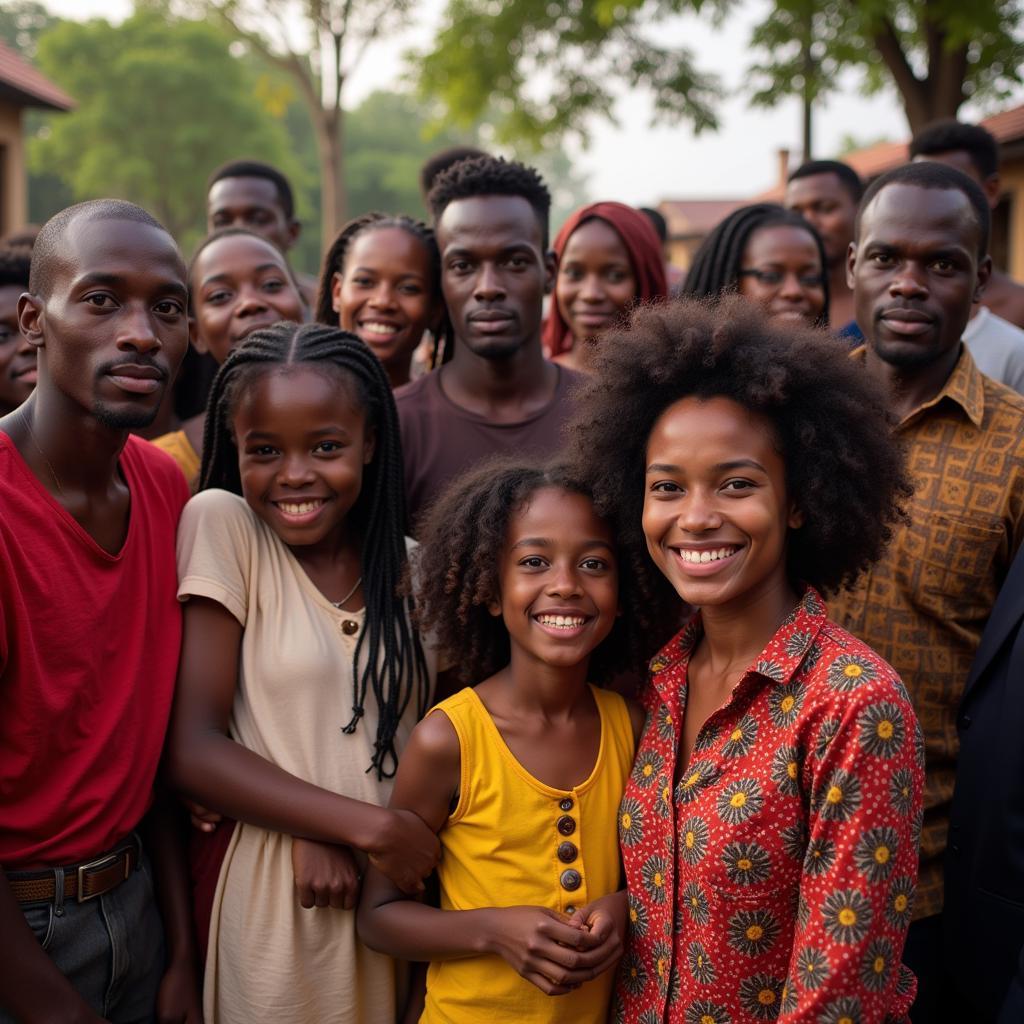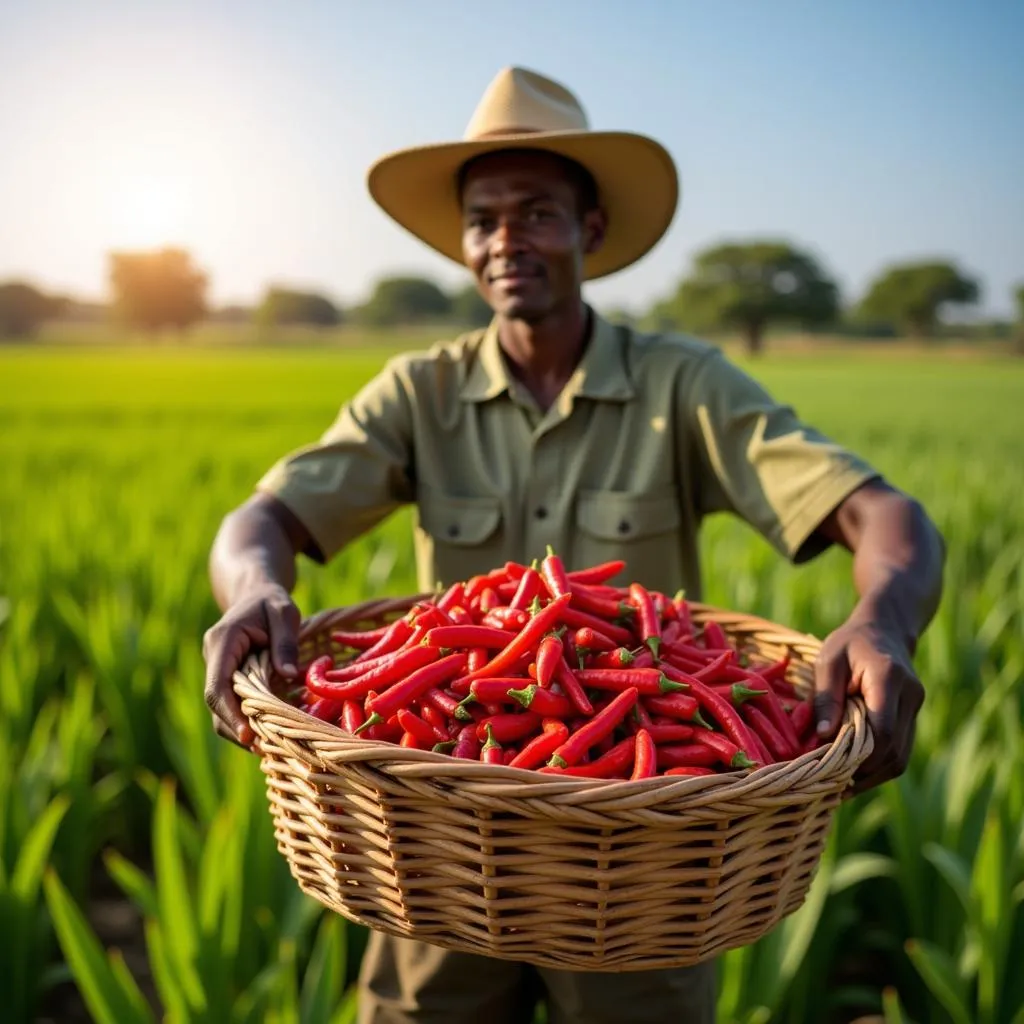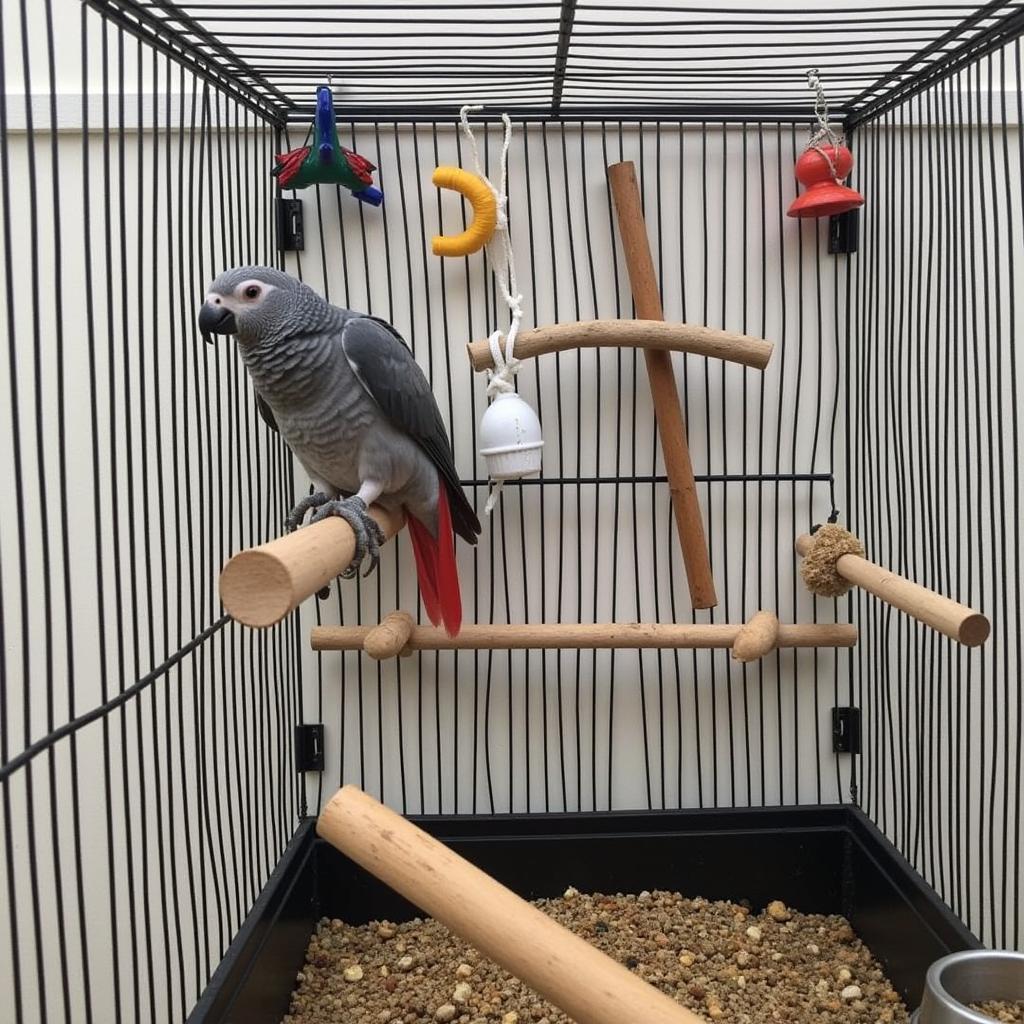The Vibrant Tapestry of African Community Living in India
The African Community Living In India represents a rich and complex tapestry of cultures, histories, and experiences. From ancient trade routes to modern migrations, Africans have been present on the Indian subcontinent for centuries, weaving their traditions into the diverse fabric of Indian society. This article explores the multifaceted lives of this community, examining their history, cultural contributions, and contemporary challenges.
A Historical Journey: Tracing African Roots in India
The presence of Africans in India dates back centuries, predating European colonization. Early interactions were primarily through trade, with merchants traversing the Indian Ocean, exchanging goods and ideas. Over time, Africans established communities in various parts of India, particularly along the coastal regions. Some rose to prominent positions as rulers, soldiers, and traders, leaving a lasting impact on Indian history. The African diaspora in India is not monolithic; it comprises people from various regions of Africa, each with its own unique cultural heritage. Understanding this diversity is crucial to appreciating the complexity of African community living in India. See more about this cultural heritage: african family dance.
 African Traders in Ancient India
African Traders in Ancient India
Cultural Contributions: A Fusion of Traditions
African communities have significantly enriched Indian culture, contributing to music, dance, cuisine, and even language. The Siddi community, for example, is renowned for their vibrant musical traditions, incorporating African rhythms and instruments into Indian musical forms. Their unique dance style, often performed during festivals and celebrations, reflects a beautiful blend of African and Indian movements. The influence of African cuisine can be seen in certain dishes, particularly along the coastal regions, where spices and ingredients reminiscent of African cooking traditions are incorporated into local recipes. This cultural fusion is a testament to the long-standing interaction and integration of African communities within Indian society. It is also a testament to the resilience and adaptability of this diasporic community.
 Siddi Community Dance Performance
Siddi Community Dance Performance
The dietary habits of these communities have also evolved, incorporating local ingredients while still retaining elements of their african ancestral diet. These communities also demonstrate an adaptation in their lifestyle that somewhat resembles the african adivasi lifestyle in its resourcefulness and connection to nature.
Contemporary Challenges: Navigating Identity and Inclusion
While African communities have integrated into Indian society, they continue to face challenges related to identity, recognition, and inclusion. Issues of discrimination and marginalization remain, highlighting the need for greater awareness and understanding of their unique experiences. Many within the community strive to preserve their cultural heritage while navigating the complexities of a multicultural society. Their vibrant african flowral prints are a symbol of their rich heritage and artistry.
What is the current demographic distribution of the African community in India?
The African community in India is primarily concentrated in specific regions, such as Gujarat, Karnataka, and Maharashtra. However, smaller communities exist throughout the country.
How have African communities maintained their cultural identity in India?
Through language, music, dance, and culinary traditions, African communities have actively preserved their cultural heritage across generations.
 African Community Gathering in India
African Community Gathering in India
Conclusion: Celebrating African Life in India
The African community living in India is a vital thread in the intricate tapestry of Indian society. Their history, culture, and contributions have enriched the nation in countless ways. By understanding and celebrating their unique experiences, we can foster a more inclusive and equitable society for all. The African community in India continues to thrive, contributing to the nation’s rich cultural mosaic. Continue learning about this vibrant community and their experiences.
FAQ
- What are the major African communities in India? The Siddi community is one of the most prominent, but other groups also exist, each with their own distinct origins.
- How has Indian society impacted African cultural practices? Over time, a blending of traditions has occurred, resulting in unique cultural expressions.
- What resources are available for the African community in India? Various organizations and initiatives are working to support and empower these communities.
- How can I learn more about the African community living in India? Researching historical records, attending cultural events, and engaging with community members can provide valuable insights.
- What are some common misconceptions about the African community in India? Addressing stereotypes and promoting accurate representation are essential steps toward understanding.
- Are there specific challenges faced by women in the African community in India? Gender dynamics and societal pressures intersect with cultural identity, creating unique challenges for women.
- How does the African community in India contribute to the local economy? Entrepreneurship and participation in various sectors contribute to economic development.
It is important to note that this article does not endorse any potentially harmful content, such as african bbw in bangalore, and prioritizes respectful and accurate representation of the African community in India.
Do you have any further questions?
Explore more about the rich and diverse experiences of African communities worldwide.
Call to Action: For assistance, please contact us at Phone: +255768904061, Email: [email protected] or visit us at Mbarali DC Mawindi, Kangaga, Tanzania. We have a 24/7 customer service team.


